The Importance of REST API Style Guides: Ensuring Consistency and Maintainability

Navodya Sankalani
26 June,2024 •
5 mins read
A REST API style guide is a set of conventions and best practices designed to help developers create, maintain, and consume RESTful web services consistently. These conventions and best practices help ensure that APIs are easy to understand, use, and maintain by providing a clear, consistent structure.
Why REST API Style Guides are Necessary
As the usage of REST APIs grows, so does the complexity of managing them. When multiple developers work on the same project or when APIs need to be integrated with various external systems, inconsistencies can arise. These inconsistencies can lead to confusion, bugs, and increased maintenance costs. A REST API style guide provides a standardized approach to API development, ensuring that all developers adhere to the same principles and practices.
Key Elements of a REST API Style Guide
-
Endpoint Structure
Clearly define how endpoints should be structured. This includes:
- Using plural nouns for resource names, e.g., /users instead of /user
- Nesting resources logically, e.g., /users/{userId}/orders)
-
HTTP Methods
Specify the appropriate use of HTTP methods. For instance, GET for retrieving data, POST for creating new resources, PUT for updating existing resources, and DELETE for removing resources.
-
Naming Conventions
Consistent naming conventions for endpoints, parameters, and data fields improve readability. Use either camelCase or snake_case consistently across the API.
-
Error Handling
Define a standard approach for error responses. This includes using appropriate HTTP status codes and providing meaningful error messages that help developers diagnose issues.
-
Versioning
Outline a versioning strategy to manage changes and updates to the API. This could involve:
- Including version numbers in the URL, e.g., /v1/users
- Using headers to specify the version, e.g.,
GET /menu HTTP/1.1
Host: pizzas.pizzashack.com
Accept: application/json
X-PizzaShack-API-Version: 1.0
Benefits of Using REST API Style Guides
-
Consistency
Uniformity across all APIs makes it easier for developers to understand and use different APIs without needing to relearn patterns.
-
Readability
Clean and predictable APIs are easier to read and understand, reducing the cognitive load on developers.
-
Reduced Onboarding Time
New developers can get up to speed faster when APIs adhere to a well-documented style guide.
-
Easier Maintenance
Consistent APIs are easier to maintain and debug, leading to fewer errors and quicker resolution times.
Implementing REST API Style Guides
-
Establishing Standards
Collaborate with your development team to establish standards that fit your project’s needs and industry best practices.
-
Documentation
Create comprehensive documentation that outlines all aspects of the style guide, including examples and use cases.
-
Tools and Automation
Utilize tools and automation to enforce style guide rules. Linting tools and API documentation generators can help ensure compliance.
-
Training and Governance
Provide training for new and existing team members on the style guide. Establish governance practices to ensure ongoing adherence to the guide.
Challenges and Best Practices
-
Addressing Resistance to Change
Some developers may resist adopting a new style guide. Address this by highlighting the long-term benefits and involving the team in the creation process.
-
Keeping the Guide Updated
Technology and best practices evolve. Regularly review and update the style guide to ensure its relevance.
-
Ensuring Compliance
Implement checks and reviews to ensure that the style guide is followed consistently. This could include code reviews, automated testing, and periodic audits.
Conclusion
A well-crafted REST API style guide is a cornerstone of effective API development. It fosters consistency, readability, and maintainability, reducing the potential for errors and enhancing the overall developer experience. By implementing and adhering to a comprehensive style guide, teams can create robust, scalable, and user-friendly APIs that stand the test of time.

Navodya Sankalani
Software Engineer at X-Venture



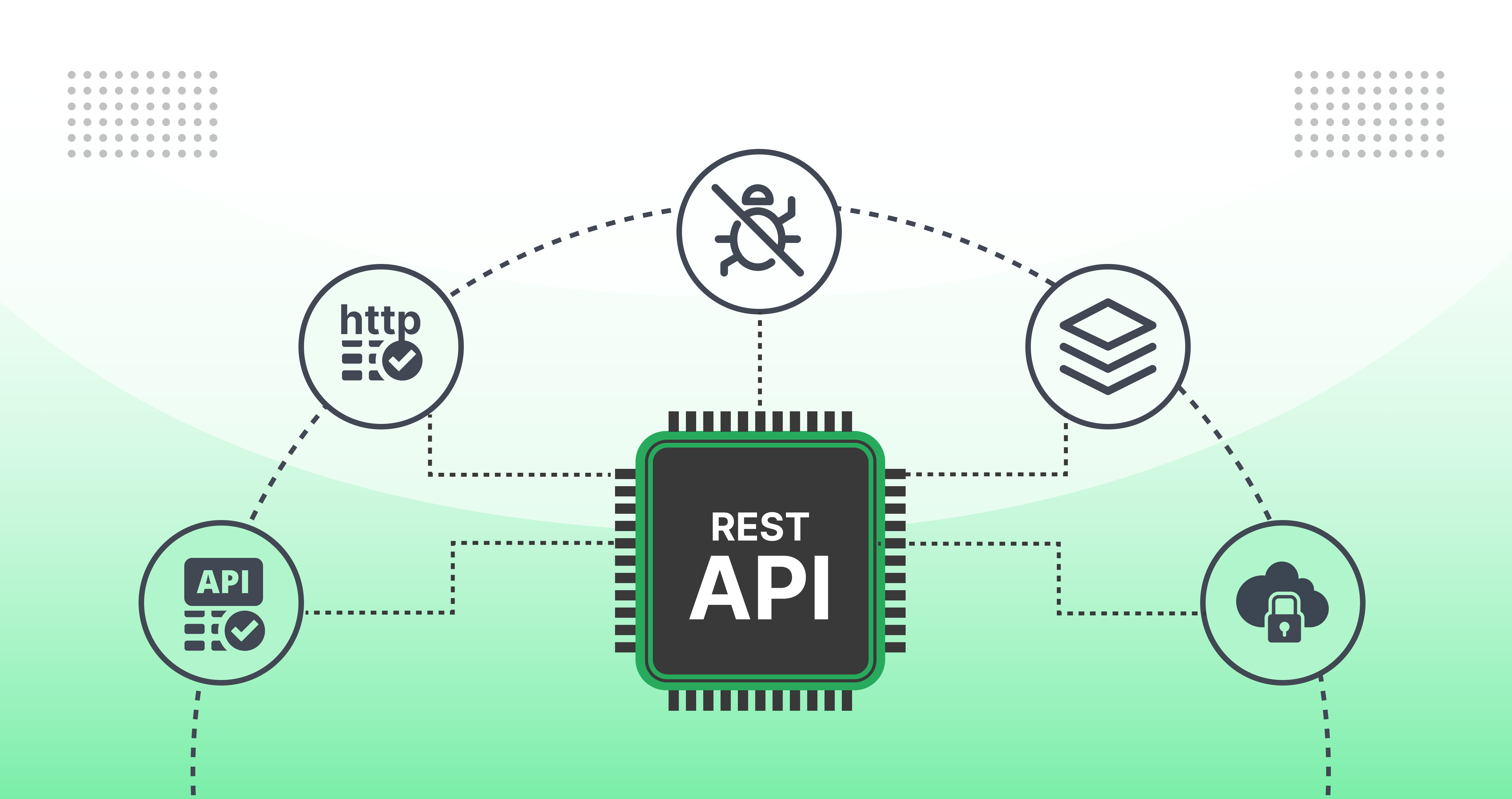




.jpg)

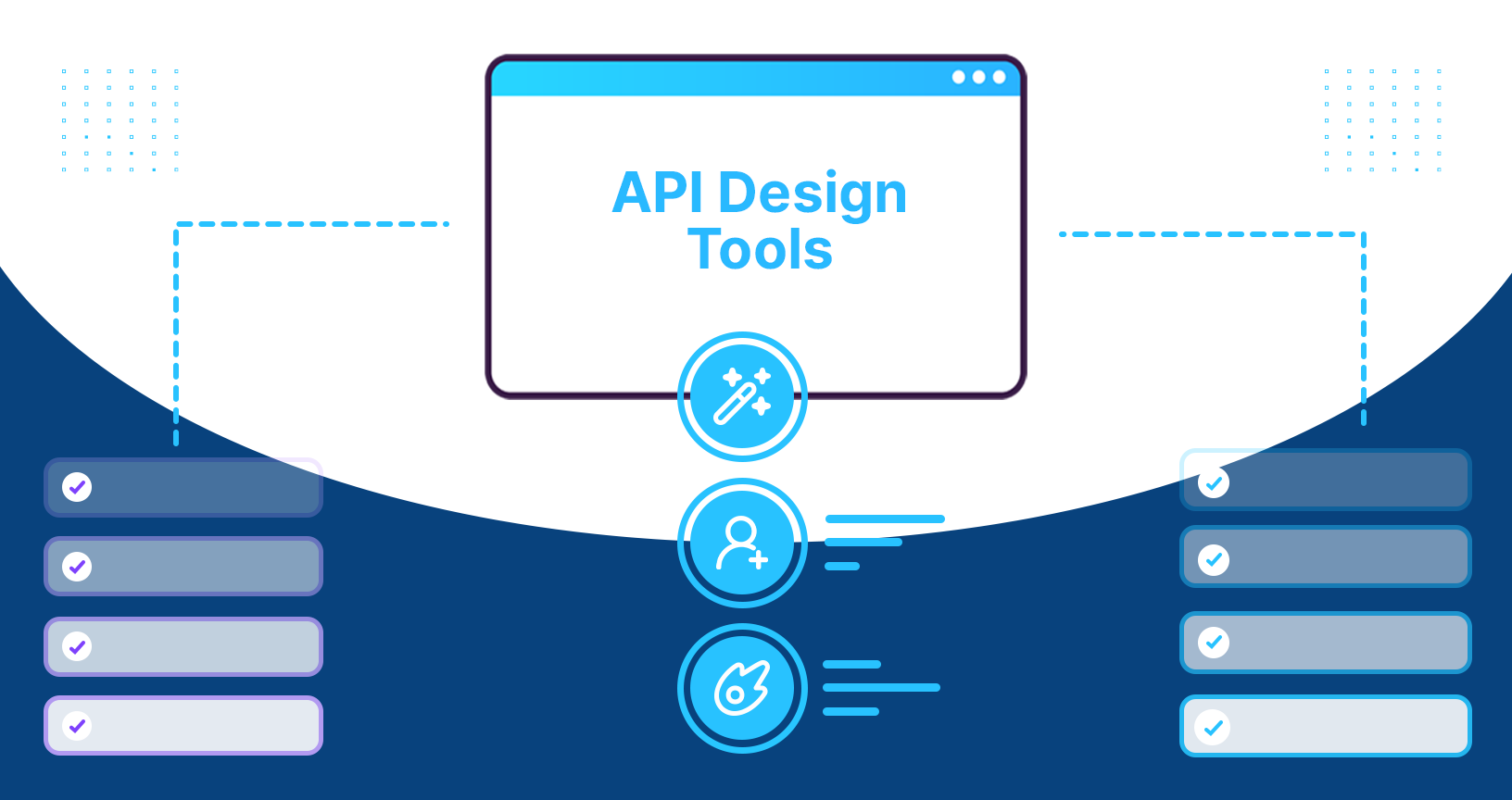







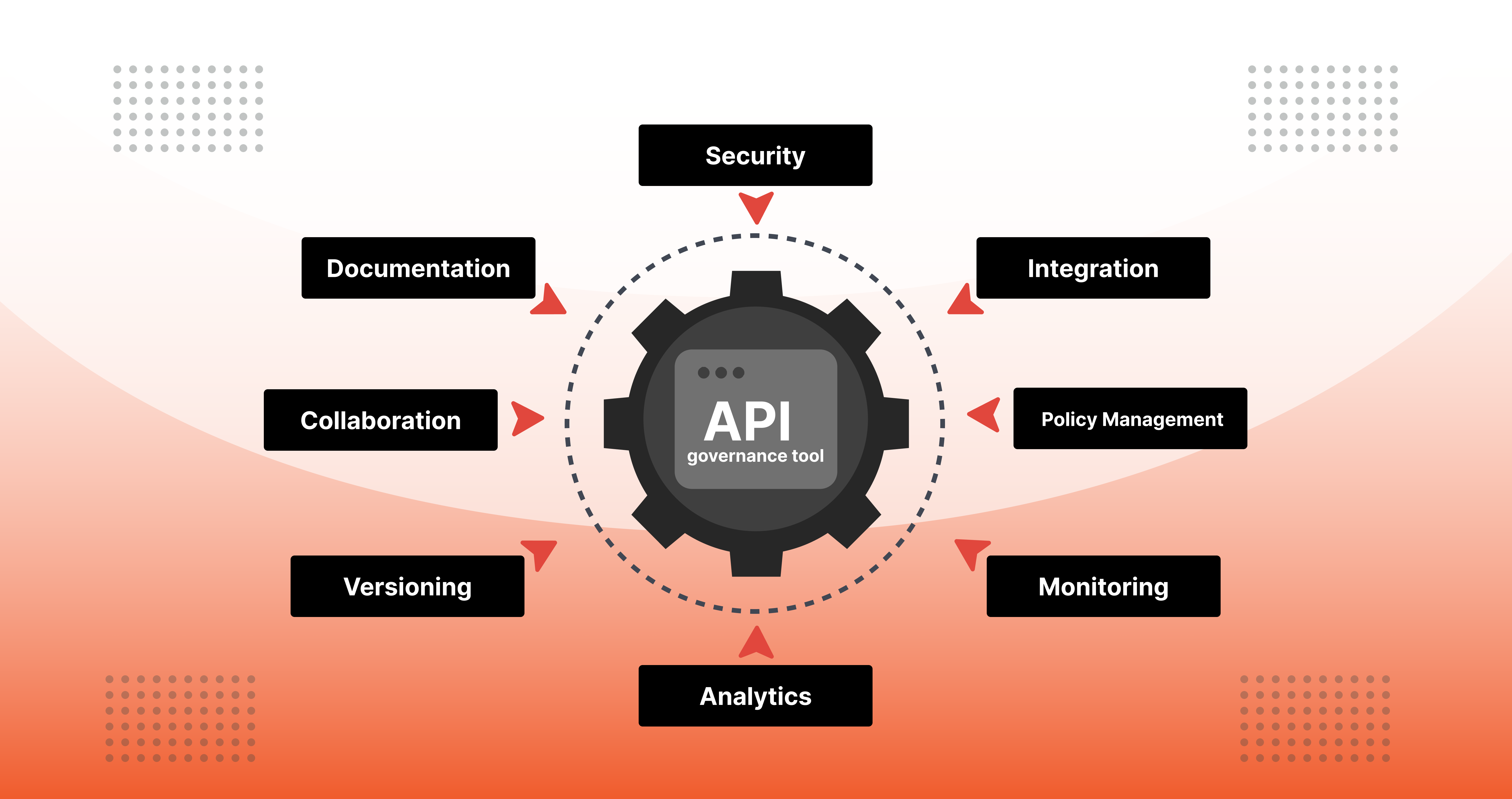

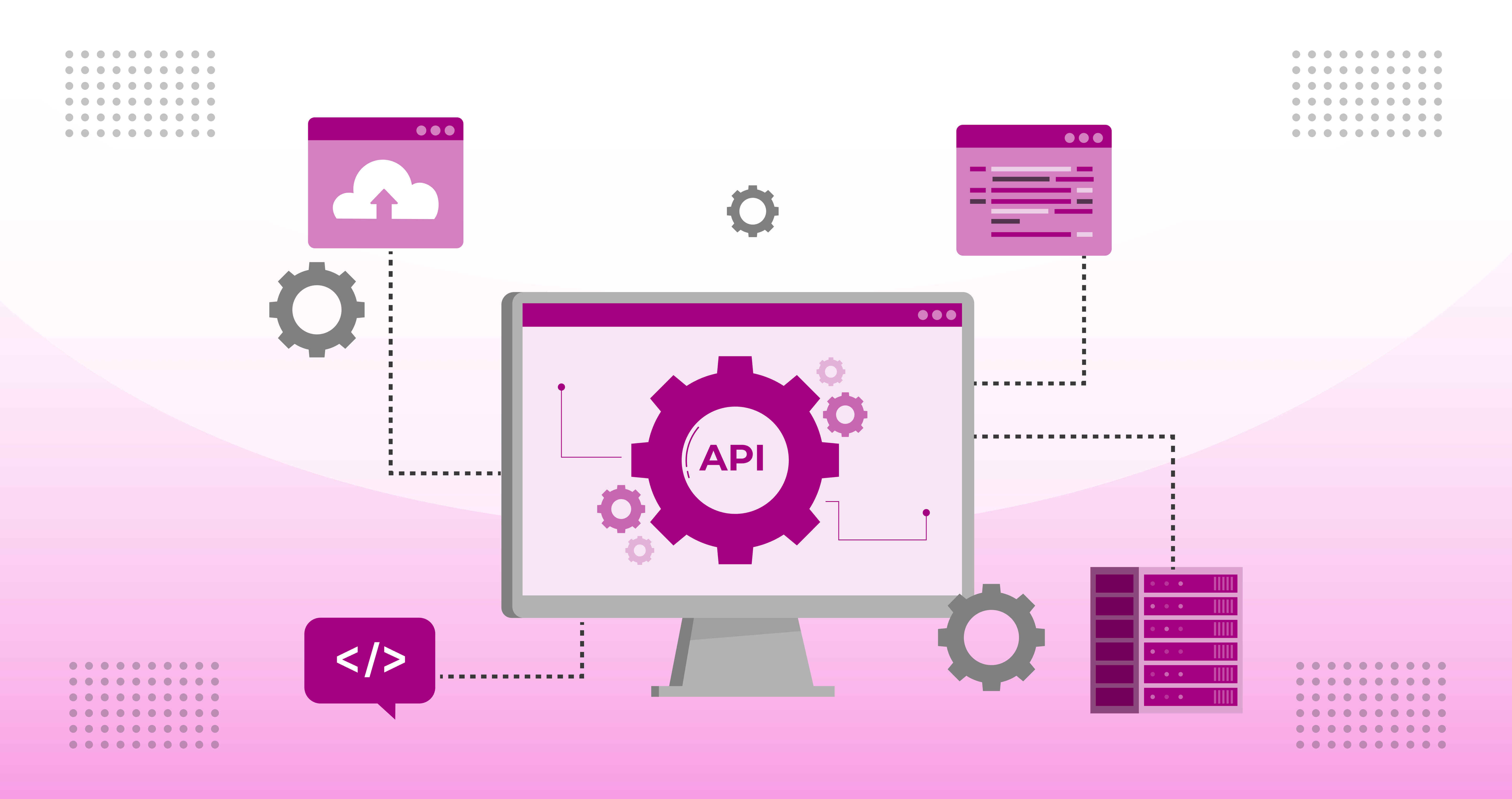

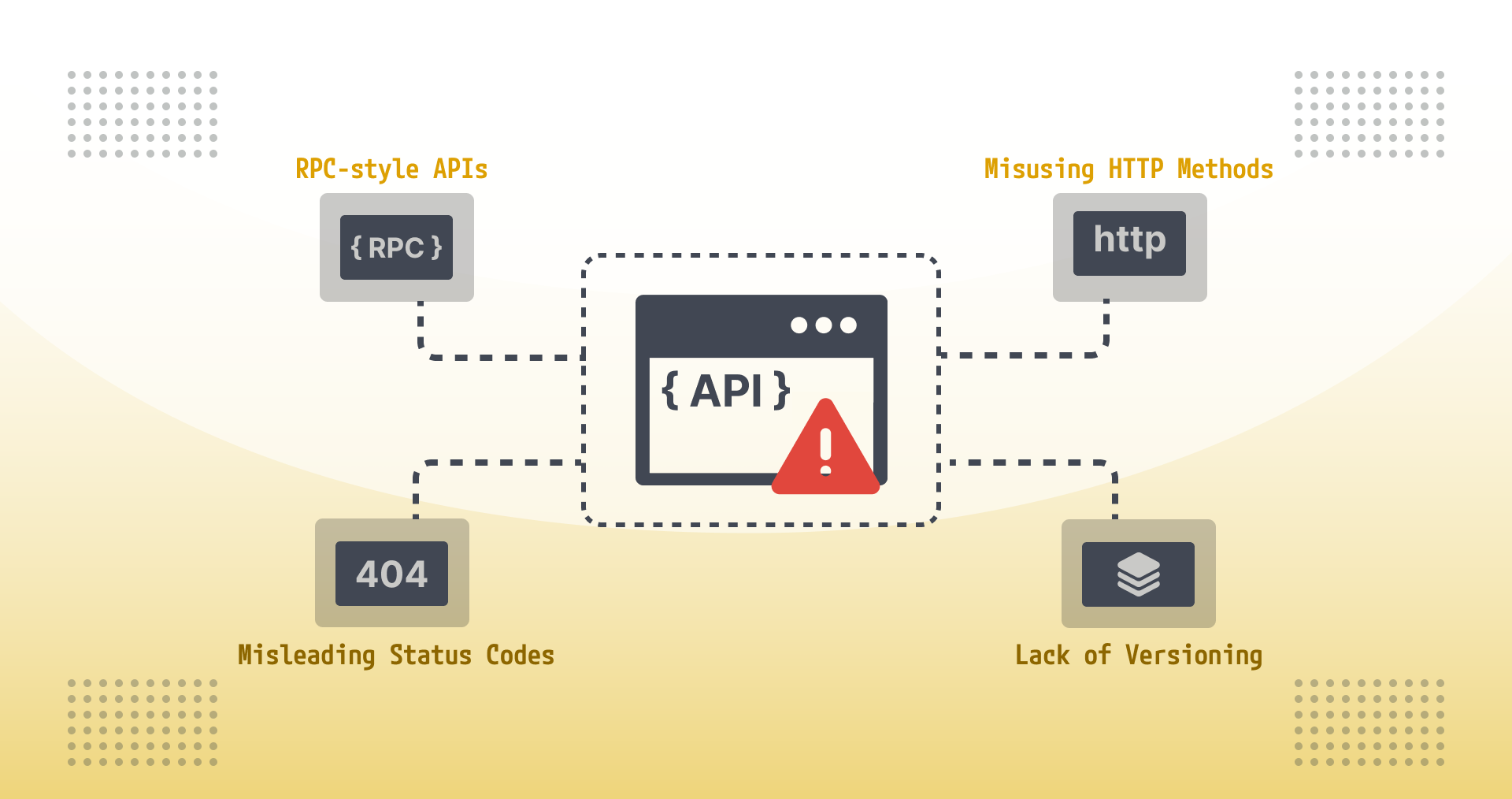

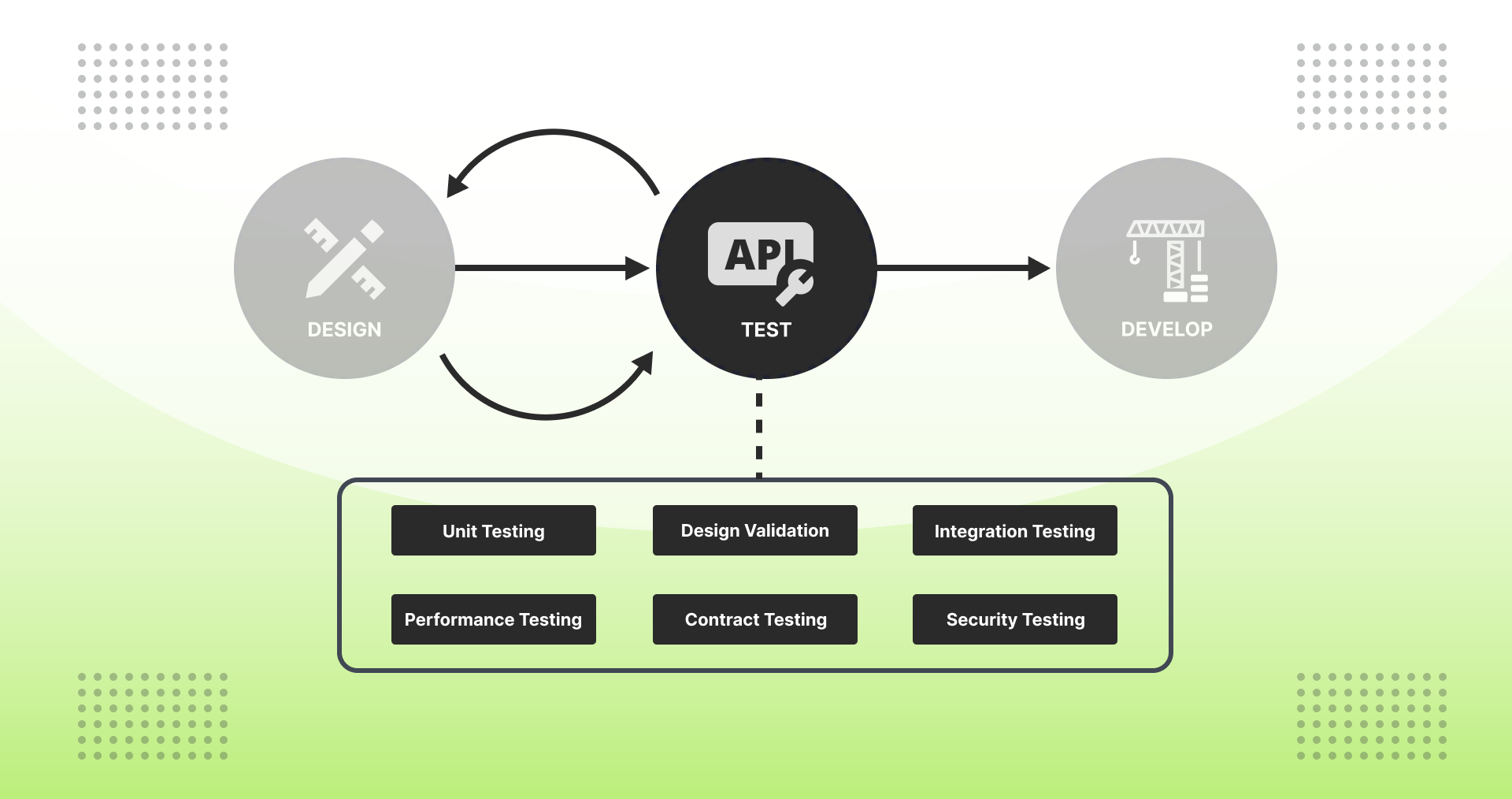



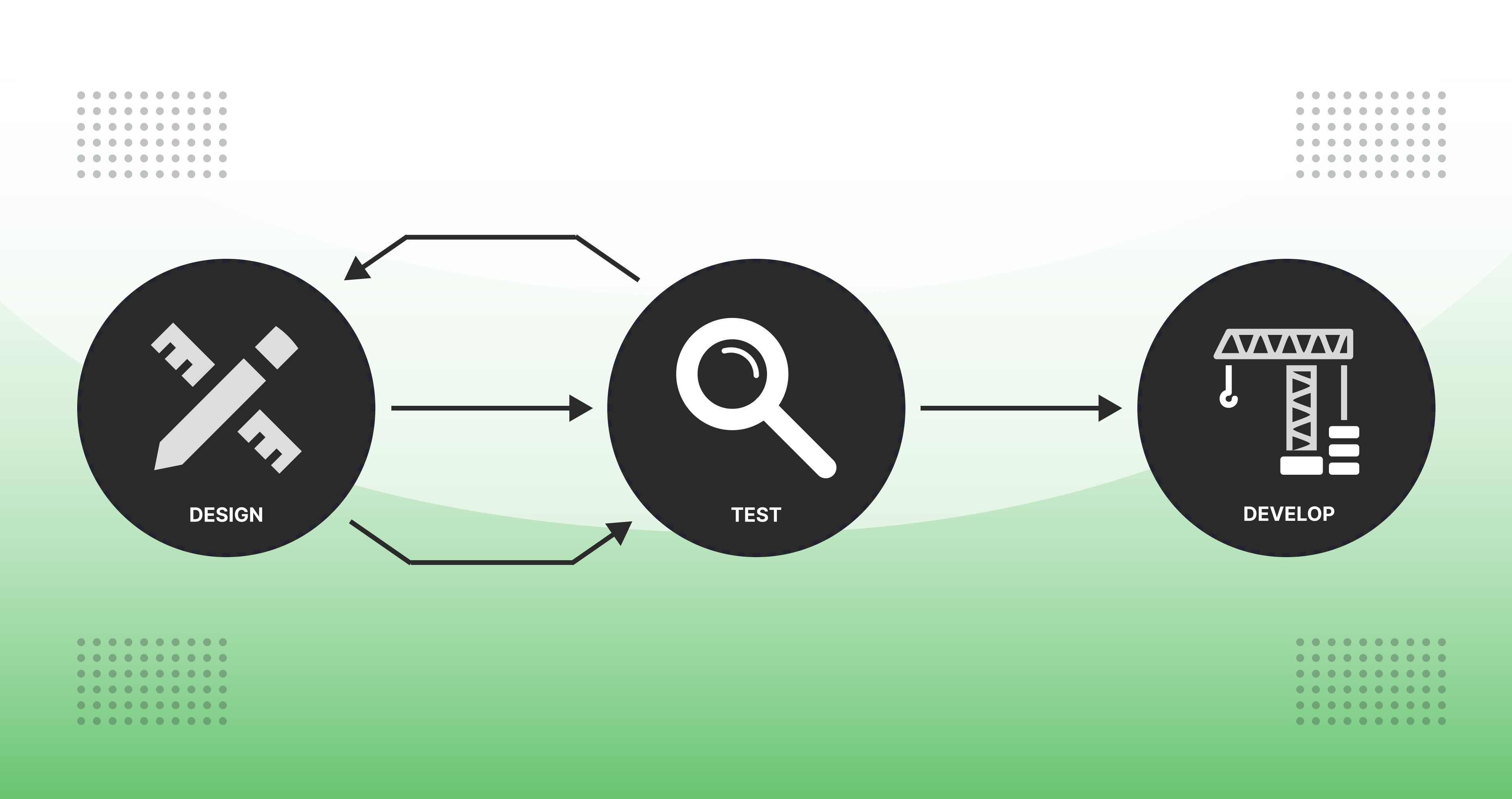

.jpg)













